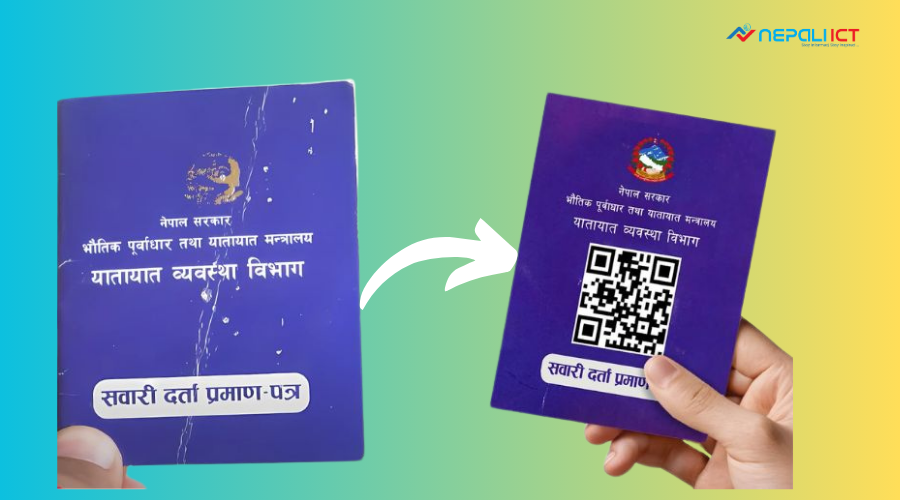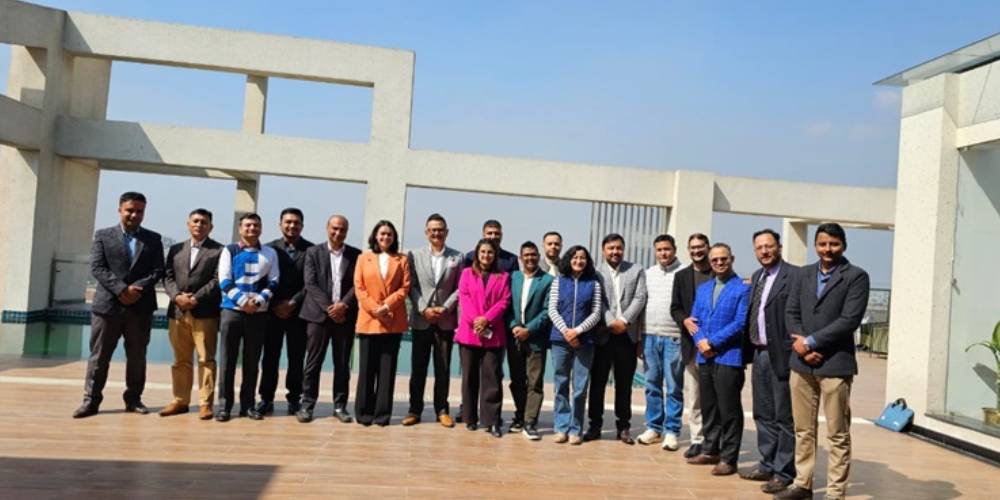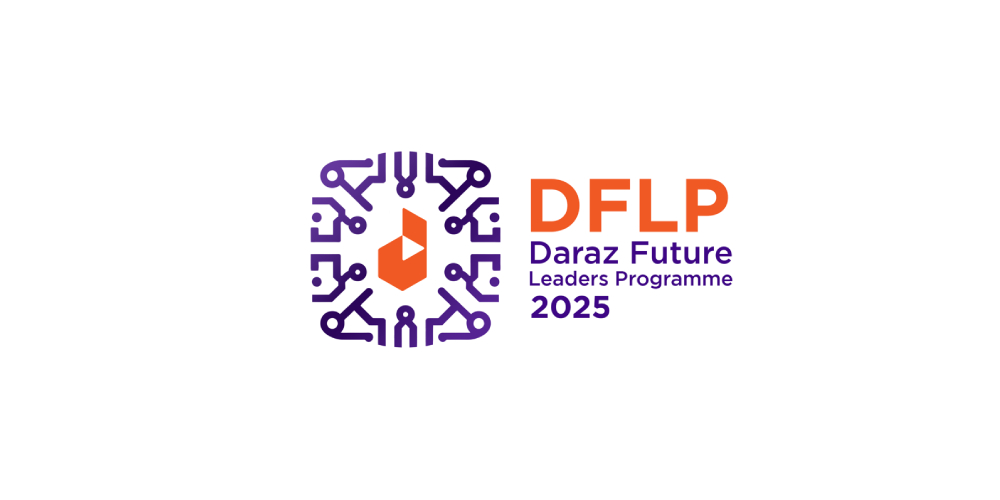Kathmandu. A study conducted by the Institute for Integrated Development Studies (IIDS) revealed that Nepal exported IT services worth over NPR 67 billion in 2022. However, experts suggest that the actual figure may surpass NPR 100 billion. Surprisingly, the earnings from the IT sector now exceed those from tourism. Recognizing its potential, the government has identified IT as a transformative sector, aiming for NPR 3 trillion in IT service exports over the next decade. To facilitate this, the government has declared the fiscal year 2081/82 as the starting point for Nepal’s “IT Decade.”
High Potential, Low Participation
Despite its immense potential, women’s participation in Nepal’s IT sector remains strikingly low. According to a recent study by Women in Information Technology (WIIT), women hold only 7.88% of core technical roles in ICT companies. Furthermore, in ICT-enabled companies, female participation drops to a mere 0.51%.
Given that women constitute 51.13% of Nepal’s total population, their limited presence in a booming sector like IT raises concerns. WIIT’s study, which surveyed 401 ICT companies, 400 ICT-enabled companies, and 430 female ICT professionals, highlights the glaring gender disparity in the industry.
The Need for Encouragement
Dr. Amrita Sharma, a digital landscape expert and part of WIIT’s research team, believes that the primary obstacle for women in IT is the lack of encouragement. “The biggest need for women in IT is motivation. Encouragement should start from home, family, society, and the government,” she says. She emphasizes that creating a supportive environment for IT education at home can significantly boost women’s confidence and attract more female role models into the field.
Bandana Sharma, Head of the Card & Digital Banking Division at Nepal Bank, acknowledges that while female participation in IT has increased in both the public and private sectors, it is still far from sufficient. However, there is a growing trend of young women pursuing higher education in IT. WIIT’s study shows that most women working in ICT roles in Nepal are between 18 and 35 years old.
Prarthana Shakya, co-founder of TIG and a former president of NYEF Kathmandu Chapter, sees enormous potential for women in IT. “The IT industry itself is an arena of innovation and growth, offering countless opportunities. Women bring unique perspectives and can add significant value to companies,” she states. She also highlights that IT work does not necessarily require a physical office presence—women can work from home with just a device and internet access.
Breaking Barriers to Leadership
Even within the limited female workforce in IT, leadership roles remain scarce. WIIT’s study found that only 19.55% of women in ICT companies hold managerial or executive positions. Dr. Sharma points out an “unconscious bias” that favors men for leadership roles, stating, “Even when women reach mid-level positions, they rarely make it to C-suite roles. There’s a mindset that does not encourage women to climb higher, but women are fully capable—we just need to create opportunities.”
Nepal does have examples of successful female leaders in IT. Sangeeta Pahadi currently leads Nepal Telecom, while Radhika Aryal serves as the Secretary of the Ministry of Communication and Information Technology. Former Minister Rekha Sharma also made notable contributions during her tenure. Moreover, several IT companies in Nepal are now run by women entrepreneurs, who are not only advancing the industry but also creating jobs.
Bandana Sharma stresses the importance of mentorship and role models in fostering female leadership. “Women need to see that they can succeed in IT. We need more role models, and their success stories should be highlighted in the media,” she adds.
Challenges Facing Women in IT
Women entering the IT industry face numerous challenges, including unconscious bias in hiring and promotions, limited mentorship opportunities, financial constraints for education and training, and difficulties balancing work and family life.
However, one positive finding from WIIT’s study is that there is minimal pay disparity between men and women in Nepal’s IT sector. About 87.9% of surveyed women reported no significant wage gap compared to their male counterparts.
Yet, many IT companies in Nepal lack essential facilities for women, such as menstrual leave, paid maternity leave, childcare rooms, and mental health support. These factors contribute to the struggle of balancing professional and personal responsibilities.
Dr. Sharma notes that women returning to work after a career break often face additional hurdles. “The IT field evolves rapidly. By the time women return from a break, their skills may become obsolete, and they find their colleagues have gained more experience, making it difficult to reintegrate,” she explains.
Women entrepreneurs in IT also face challenges such as difficulty securing investments, limited networking opportunities, and skepticism from investors. “When a startup is led by a woman, people are less likely to trust its potential, making it harder to attract funding,” says Shakya.
How to Increase Female Participation in IT?
To bridge the gender gap, experts suggest several strategies:
- Skill Development & Scholarships: Providing training, upskilling programs, and scholarships can make IT education more accessible to women.
- Mentorship & Guidance: Female professionals need mentorship programs to help them navigate their careers and leadership paths.
- Early Exposure to IT: Introducing IT education at the school level can inspire young girls to explore the field.
- Encouraging Work-Life Balance: Offering flexible work policies, childcare support, and parental leave can help women balance career and family responsibilities.
Shakya believes that the key to increasing women’s participation in IT lies in early education and exposure. “Encouraging young girls to learn coding, software development, digital entrepreneurship, and leadership skills can boost their confidence and interest in IT,” she says.
Bandana Sharma echoes this sentiment, emphasizing the importance of career counseling, skill development, and continuous learning opportunities. “If we focus on training, capacity building, and providing equal opportunities, more women will enter and excel in IT,” she concludes.
While Nepal’s IT sector is thriving, the gender disparity remains a pressing issue. Women have immense potential in this industry, but without adequate support, encouragement, and policy changes, their participation will continue to lag. Bridging this gap requires a collective effort from families, educational institutions, companies, and the government. With the right strategies, Nepal can create an inclusive IT ecosystem where women play a significant role in driving innovation and economic growth.

Nepaliict
- ISAS Beauty School Opens in Kathmandu to Power Global Careers
- Nepal’s Budget 2082/83 Unveils Big Moves for Youth, Farmers, and Digital Growth
- Tootle Pro Launched: Zero Commission Ride-Hailing Plan for Riders Starts at Rs 499
- No More Carrying Bluebook: Bagmati Province Launches Digital QR Code System for Vehicles
- Differences Between Authorized, Issued, and Paid-Up Capital with examples





























Comments